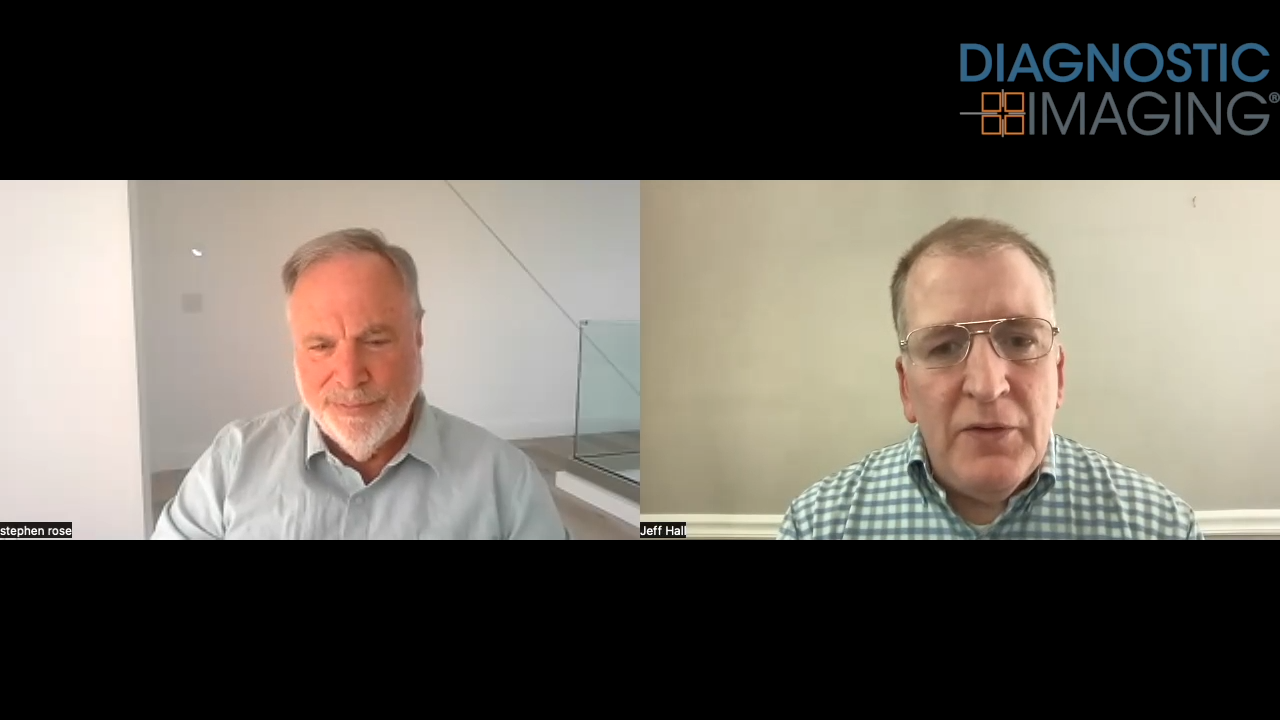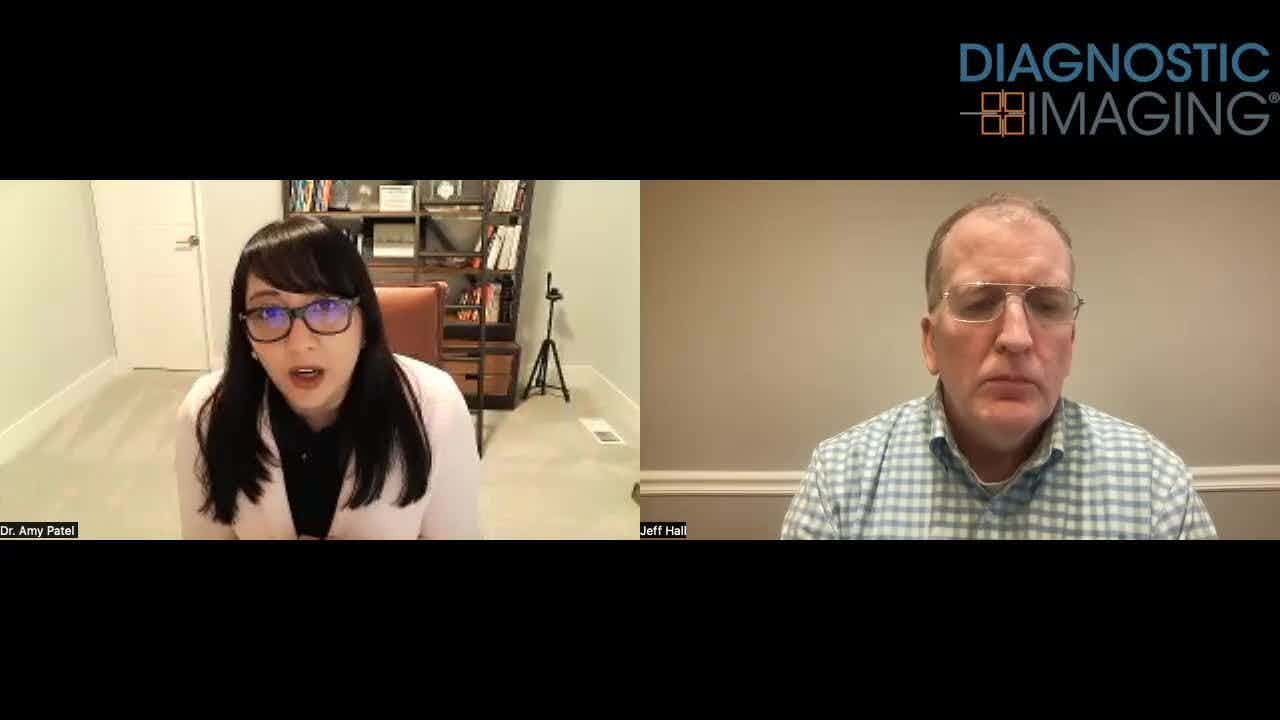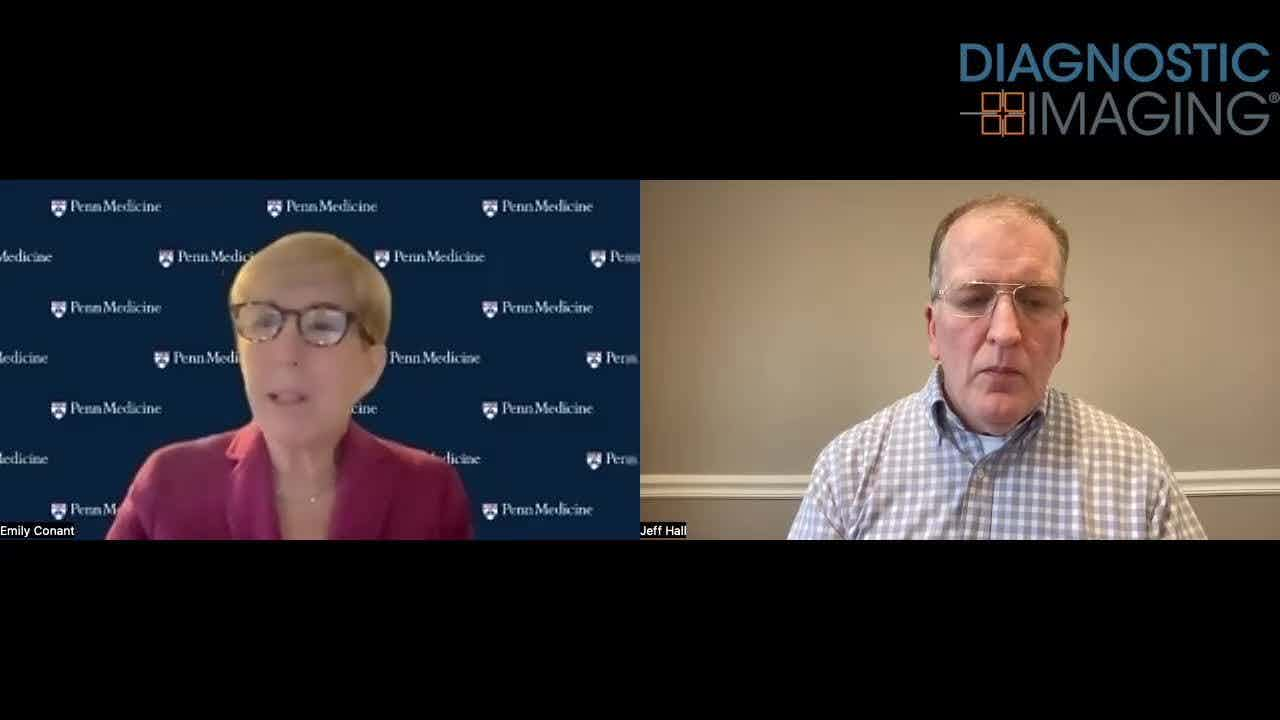Has mammography set itself up for a fall?
One sure way to disappoint is to promise more than you can deliver. Mammography appears to be doing just that. A public survey conducted in Europe found that the vast majority of people hugely overestimate the life-saving benefits of breast and prostate cancer screening.
"If you are a woman over 35, be sure to schedule a mammogram. Unless you're still not convinced of its importance. In which case, you may need more than your breasts examined." -From an old American Cancer Society Poster
One sure way to disappoint is to promise more than you can deliver. Mammography appears to be doing just that. A public survey conducted in Europe found that the vast majority of people hugely overestimate the life-saving benefits of breast and prostate cancer screening.
The survey of more than 10,000 people in nine European countries was conducted by researchers at the Max Planck Institute for Human Development in Berlin, who published their results online Aug. 12 in the Journal of the National Cancer Institute. Those participating in the study were asked to assess cancer-specific mortality reduction associated with mammography, finding that 92% of women either reported they did not know or overestimated the benefit of mammography screening by at least a factor of 10.
In reality, the benefit gained from mammography is very low. In their article, the authors cite an analysis of randomized trials with more than a quarter million women aged 40 to 74 years, which showed that for every 1000 women who participated in screening, 3.9 diagnosed with breast cancer died compared with five among those who did not participate. The absolute benefit in terms of reduced deaths due to screening, therefore, was about one in 1000. The vast majority of respondents to the survey either had no idea of the true benefit, thought it was one in 100, or thought it was even more. In France, the Netherlands, and the U.K., more than 40% of the women surveyed said they believed the reduction in mortality was one in 10 or even one in five.
The problem stems from the widespread campaigns in Western nations to increase participation in screening programs. These campaigns try to persuade the public to participate in routine mammography, not through reasonable argument but by aiming straight at the emotions, arguing that mammography saves lives, but without ever saying how many.
Considering that mammography uses ionizing radiation and that multiple exposures over extended periods of time carry long-term risks of cancer, the inability of patients to properly assess the benefits of this exposure raises questions about whether they can provide informed consent. Adding to the downside is the harm that may come from false positives that lead to unnecessary invasive follow-up procedures, such as biopsy and treatment.
In an editorial that accompanied the research results, Drs. Lisa M. Schwartz and Steven Woloshin of the Dartmouth Institute for Health Policy and Clinical Practice in Hanover, NH, suggested that messages promoting the use of screening should also include information on the risks associated with overdiagnosis and overtreatment. They wrote: "We need to move from selling screening to helping people realize that screening is a genuine choice. That means routinely giving people the information needed to make these choices."
Decades of campaigns designed to increase the number of women participating in routine mammography screening have created the perception of mammography as a powerful tool for reducing deaths from breast cancer. If the true number were made widely known in the context of the risks of mammography, it would be hard to overestimate the disappointment. Mammography procedures would almost certainly plummet, not necessarily because one life in 1000 is not worth the risks, but because it's so few compared to what the public has been led to believe.
"Selling screening can be easy. Induce fear by exaggerating risk. Offer hope by exaggerating the benefit of screening. And don't mention harms," wrote Schwartz and Woloshin.
But is this how healthcare should be? As this nation is drawn into discussions about healthcare, spurred by the growing debate over proposed healthcare reform, it is critically important that the public get the hard facts needed to make tough decisions. Only in this way, through complete transparency, can we create a healthcare system of best practices.
AI-Initiated Recalls After Screening Mammography Demonstrate Higher PPV for Breast Cancer
March 18th 2025While recalls initiated by one of two reviewing radiologists after screening mammography were nearly 10 percent higher than recalls initiated by an AI software, the AI-initiated recalls had an 85 percent higher positive predictive value for breast cancer, according to a new study.
ECR Mammography Study: Pre-Op CEM Detects 34 Percent More Multifocal Masses than Mammography
February 28th 2025In addition to contrast-enhanced mammography (CEM) demonstrating over a 90 percent detection rate for multifocal masses, researchers found that no significant difference between histological measurements and CEM, according to study findings presented at the European Congress of Radiology.
Study: Mammography AI Leads to 29 Percent Increase in Breast Cancer Detection
February 5th 2025Use of the mammography AI software had a nearly equivalent false positive rate as unassisted radiologist interpretation and resulted in a 44 percent reduction in screen reading workload, according to findings from a randomized controlled trial involving over 105,000 women.










